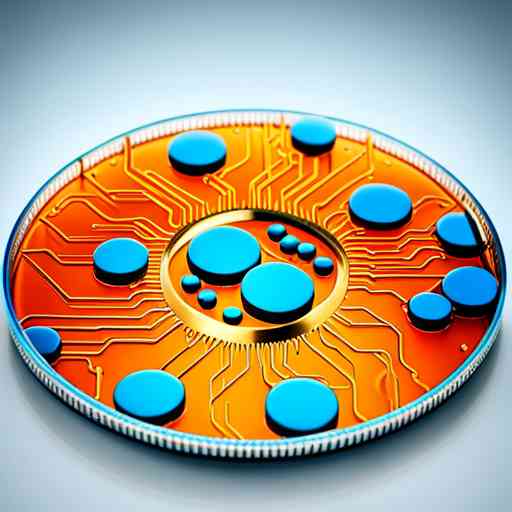Artificial Immune Systems: The Future of Cyber Defense
 The immune system is a fascinating piece of biology. Its main task is to protect our bodies from foreign invaders. It's complex, adaptable, and can learn from past experiences. For years, computer scientists have been trying to recreate this biological phenomenon in digital form, leading to what we now refer to as artificial immune systems (AIS). Much like their biological counterparts, AIS are designed to protect computer systems from threats by learning, adapting, and reacting to them.
The immune system is a fascinating piece of biology. Its main task is to protect our bodies from foreign invaders. It's complex, adaptable, and can learn from past experiences. For years, computer scientists have been trying to recreate this biological phenomenon in digital form, leading to what we now refer to as artificial immune systems (AIS). Much like their biological counterparts, AIS are designed to protect computer systems from threats by learning, adapting, and reacting to them.
Artificial Immune Systems – What Are They?
Artificial immune systems are a class of adaptive systems inspired by the principles and processes of the human immune system. These bio-inspired computing systems are not a replication of the biological immune functions but, instead, a simplification and abstraction of these processes designed for solving complex computational problems.
AIS are utilized in various fields, including anomaly detection, pattern recognition, and network intrusion detection. Their main strength lies in their ability to learn and adapt over time, allowing them to handle previously unseen threats.
The Imminent Need for AIS
So, why is there an imminent need for such systems? We live in a digital age where cyber threats are evolving faster than traditional defense mechanisms can handle. Every day, thousands of new viruses and malware variants are created. Conventional cybersecurity approaches, which rely on known virus signatures and pre-defined rules, are struggling to keep pace. In a world where threats are becoming increasingly sophisticated and pervasive, adaptive solutions are no longer a luxury but a necessity.
The promise of artificial immune systems lies in their inherent ability to adapt, learn, and remember. AIS take a proactive stance, much like our bodies, identifying potentially harmful anomalies and reacting to neutralize them, often before substantial damage occurs.
Challenges and Future Perspectives
Despite their potential, AIS are not without challenges. One of the main hurdles is the complexity of the human immune system itself. Translating these intricate biological processes into computational models is a mammoth task. Additionally, false positives - cases where the system identifies harmless processes as threats - remain a significant concern.
Nevertheless, the future for AIS is bright. As we deepen our understanding of both the biological immune system and the art of algorithm design, the efficacy of AIS will only improve. AI and machine learning techniques are increasingly being applied to refine these systems, enhancing their learning and adaptive capabilities.
The evolution of cyber threats in our increasingly digital world necessitates an evolution in our defense mechanisms. Artificial immune systems, with their potential for learning, adaptation, and memory, represent a promising solution to this challenge. Just as our biological immune systems have evolved to protect us in a world full of biological threats, so too must our cybersecurity strategies evolve. And with the development and refinement of AIS, we are taking a significant step in that direction.